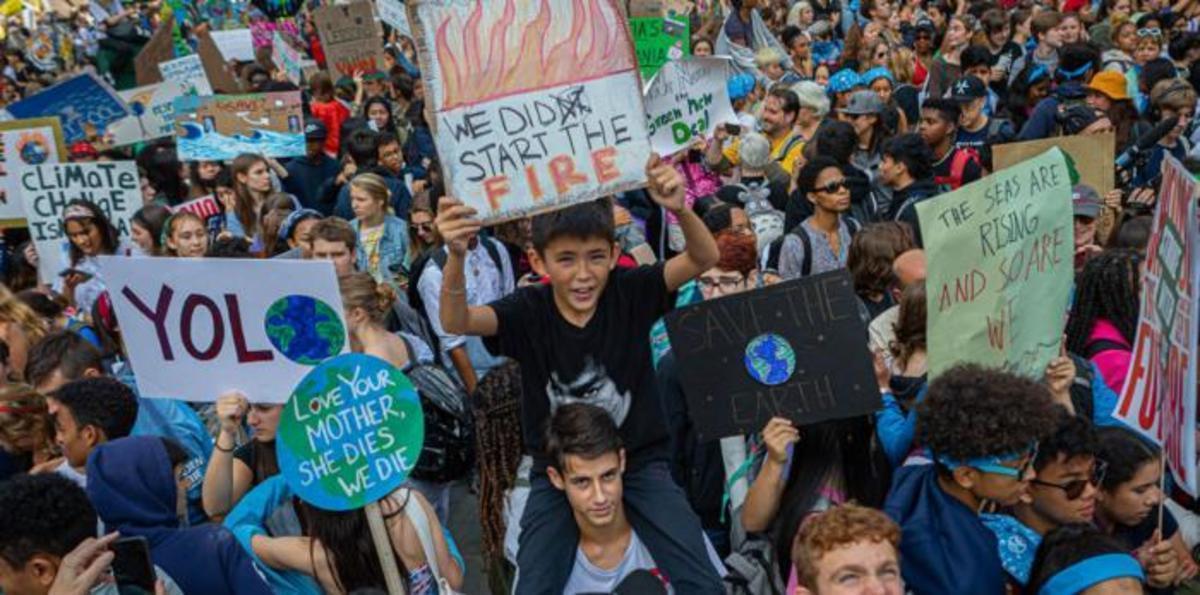PAOC Spotlights
In the 1980s, the World Acted to Save the Ozone Layer. Here's Why the Fight Against Climate Change Is Different

Read the full story in TIME Magazine
In 1986 and ’87, Susan Solomon, Lee and Geraldine Martin Professor of Environmental Studies in MIT's EAPS, led expeditions to Antarctica to determine the cause of the ozone hole: CFCs. Solomon's crucial work in atmospheric and climate science brought about dramatic policy and industry changes to fix the problem. This month, researchers report that the Antarctic ozone hole is on the mend and could be its smallest since it was investigated in the mid '80s.
Since then, as Olivia B. Waxman reports for TIME Magazine, Solomon has contributed to the 'landmark 2007 Intergovernmental Panel on Climate Change (IPCC) report, which stated for the first time in the group’s history that climate change is “unequivocal,” and that hotter temperatures are “very likely” caused by human activity.'
While there are similiarities between the environmental problems and there's a growing movement to reverse climate change, Solomon tells TIME that the fight against climate change is a different type of beast.
TIME: How is today’s climate movement similar to or different from the movement to address the ozone hole?
SOLOMON: [The ozone hole] is often held up as a signature environmental success story, and it really is the one area where decisions were made in a pretty remarkably timely fashion, and the phase-out has been quite successful, notwithstanding the little bit of cheating that appears to be going on in China. The ozone [issue] already had a lot of momentum behind doing something about it, particularly because getting rid of the CFCs in spray cans was a very easy thing to do. Consumers turned away from spray cans in the ’70s even before they were banned in this country. There was an easy thing that a consumer could do. You just stopped using the spray can and start using the pumps and roll-ons for underarm deodorant.
We just don’t have that same kind of very easy substitution when it comes to climate change. There are things that a consumer can do, but it’s not that easy to decide you’re going to never drive a car and ride a bike instead. It’s not that easy to switch to solar. This problem requires not just people caring, but government action, changing technologies, a total overhaul of the energy system.
I don’t just don’t see a good parallel right now between what’s happening today and the ozone issue. ...
As someone who worked on the IPCC’s landmark report in 2007, how much do you think things have changed on the policy-making front a decade later?
The evidence has only gotten stronger! ...
Story Image: Organizers estimated that 250,000 people marched in New York City on Sept. 20 as part of a global strike protesting climate change. (Credit: Michael Nigro/Pacific Press/LightRocket— Getty Images)